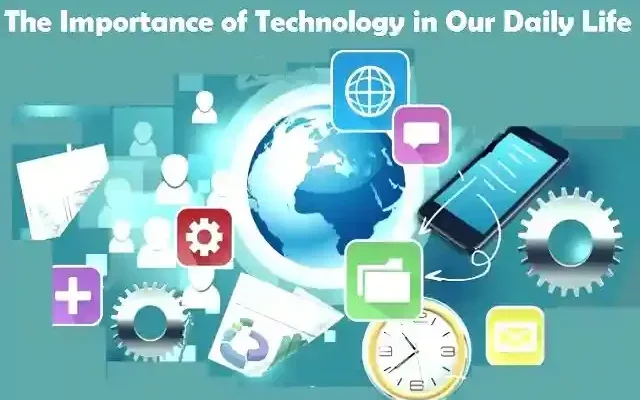We can now all get services in a single click using technology, right from banking and online shopping, to digitizing education through online learning systems.
Let’s say big organisations with offices all over the world: how do people collaborate or share papers? Technology provides the answer!
It’s like having a super-worker
From email communication to project management to analytics tools technology is involved in every aspect of business. Software helps businesses get more effective through automated repetitive work and automating all manual work saving time and money and reducing the chance of errors.
These improvements have done tremendous good to workplace productivity. Data analysis that took hours is now conducted in seconds using powerful software and collaboration between groups is made much more efficient using instant messaging and video conferencing.
… technology should not be a substitute for human intelligence and experience, it should simply be used as the means of competitive advantage by making use of this technology in a more effective and efficient manner – saving on energy, producing better products and increasing sales.
You have a kind of magical door.
A business can’t survive in this world without technology. They can be competitive, save money, and many other functions can be automated by technology – the companies can even design and develop products using technology.
For everybody, this new technology has brought much. It’s made it easier, for example, for people to get along. Further, medical treatment too has improved because mobile phones allow patients to make hotel appointments and also talk directly to physicians on mobile calls. And of course, there are disadvantages of the technology – too many kids are stuck on their gadgets and do not interact with actual people in person.
Knowing what is meant by technology is very important since technology is not just gizmos and gadgets. Rather, technology is knowledge creatively applied to work performed by humans and machines to achieve long-term purposes in a systematic way – a laborious process requiring education and training to make work.
Like you’re learning a forbidden language.
Internationalisation has made it a lot easier to talk with other nationals and different cultures. E-mail, instant messaging and videoconferencing allow people to speak at any given time across the world’s borders; digitisation has also facilitated financial transfers – banks can now offer online banking services to make transfers and payments with ease.
Technologies can help organisations stay on top of the market by enhancing productivity and efficiency, as well as preventing companies from making errors in managing financial transactions like salaries or bills. Corporations also need to keep up with newest software that is able to keep up with competitors.
Researchers have tried to define technology as an anthropocentric category, but that blurs the way it is fundamentally formed and functions.
You know, a very fast mailman.
We can get in touch instantly with people anywhere in the world through text messages or phone calls with technology which enables us to conduct business faster and better than ever. With technologies, communication goes worldwide – be it texting family and friends back home or phone calls to clients abroad! It has changed the decision making process for companies quicker than ever.
Healthcare has become much more digital in the way of diagnosing and delivering treatment. Secondly, technology has also changed education by providing personalised and open education to excluded groups that had been previously denied access to such education.
Technology does have its drawbacks. Some types are physical with eye strain and hand/wrist aches. In addition, most tools need to be updated regularly with fixes ranging from the smallest changes to revolutionary ones, and those fixes should keep devices running as they should – particularly for companies who need technology more than ever to compete.




